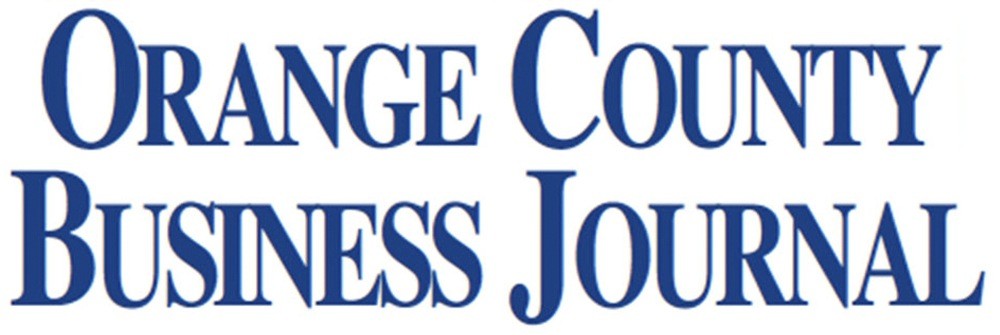Written by: Jeff Motske |
Veteran money counselors are aging apace with the baby boomers they serve, a sometimes troubling fact for those approaching retirement. They want to be sure their financial advisers will be there when they need them the most.
As advisers retire, clients moving to the up-and-coming generation—ones they may feel lack sufficient experience and wisdom—can be challenging.
What’s a boomer to do?
Partners
The key to a transition is partnership.
Younger advisors are eager for impact.
The independence and flexibility of an adviser’s schedule is attractive but many of them want more. They want to find meaning in their careers, and after 30 years in the industry, I can think of few careers with more purpose than helping people pursue financial independence.
Young advisers seek a career path with upward mobility and freedom to explore, as we did when we were in their shoes. The creative nuances of financial planning—both art and science—offers that.
Once the desire is there, partnership fills the gaps.
Mentors
Veteran advisers must be willing to mentor—a departure for many of them from decades of professional practice. A seasoned advisor has often built success on flying solo, with perhaps the support of administrative service teams.
But the industry is evolving and moving toward a team-based, holistic approach to financial planning. That means veterans who are about to retire need to learn how to attract and connect with younger advisers.
The industry’s aim must be to cultivate the next generation of financial advisers. This fosters continued growth and ensures a future legacy.
Growth
Growth doesn’t happen without intention—a plan to empower advisers to flourish.
Plans start with focused efforts on recruiting and training talent—and nourishing team relationships.
Adviser partnerships reach into client relationships as well: those trusting the firm with their finances meet with seasoned “lead” advisers and associate advisers or “wings.” The former guides conversations; the latter observes, takes notes, and supports and serves the clients and their accounts.
Over multiple meetings, older clients communicate more with the younger advisers, establishing rapport, building relationships. In the end, these clients are at ease knowing there is a team ready to support them. The secret is the older advisers bring the younger advisers along so the client feels comfortable with the latter.
Legacy
They say the only constant in life is change. This can be a hard reality, particularly in finance.
Partnerships protect legacies, for both clients and advisers.
If veteran advisers don’t connect with their older clients’ beneficiaries, they will miss out on those assets. According to an Investment News survey, 66% of children don’t continue working with their parents’ advisers after they inherit.
If a relationship isn’t established before that, advisers risk losing a great deal.
A combined mentoring program lets younger advisers connect with younger beneficiaries and establish relationships that can secure generational planning. These partnerships simultaneously secure the legacy of an adviser’s practice and create the next generation of financial advisers.
Editor’s Note: Jeff Motske is founder and chief executive of Huntington Beach-based Trilogy Financial Services, which has 20,000 clients




